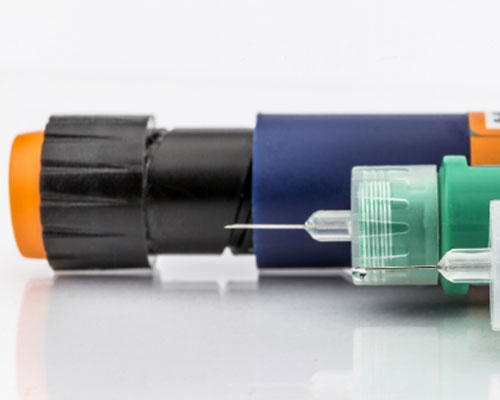How to Restriction Test Cannula/Needles and Flow Selection/Regulation Devices

Market Requirement:
Cannula and flow regulation devices are used almost constantly in thousands of clinical applications today. These devices primarily provide a pathway for the administration or collection of solutions, blood and fluids for patients under treatment.
These devices are often designed to have a nominal expected flow rate with a given media in clinical use. During the manufacturing process, multiple opportunities exist for errors to occur which could alter the intended flow rates enough to adversely affect the person receiving care. These issues are related to the adhesive bonding, extrusion, cut length and other processes. Testing 100% of devices in production to ensure there are no blockages is critical.
Common Cannula and Flow Regulation Devices:
- Drug delivery cannula
- Drug pen needles
- Peripheral IV cannula
- Central Line IV cannula
- Midline IV cannula
- Safety IV catheter
- Butterfly IV cannula
- Huber needles
- Biopsy needles
- Hypodermic needles
- Blunt needles
- IV flow regulators
- IV flow selectors
- IV gravity controllers
CTS Solution:
The testing of the devices for blockages or restrictions typically requires dry positive pressure mass flow restriction grading testing with a single-channel Sentinel Blackbelt or multi-channel Blackbelt Pro instrument. For most applications, the test is executed using clean, dry compressed air or nitrogen at anywhere between 0.1 and 100 psig positive pressure.
Contact CTS
To Discuss Your Leak Detection System Requirements
Contact CTS
Contact Cincinnati Test Systems to learn more about our leak detection equipment
Contact UsCustomer Login
An account is needed to view restricted documents such as user manuals and to submit RFQ requests.
Sign In